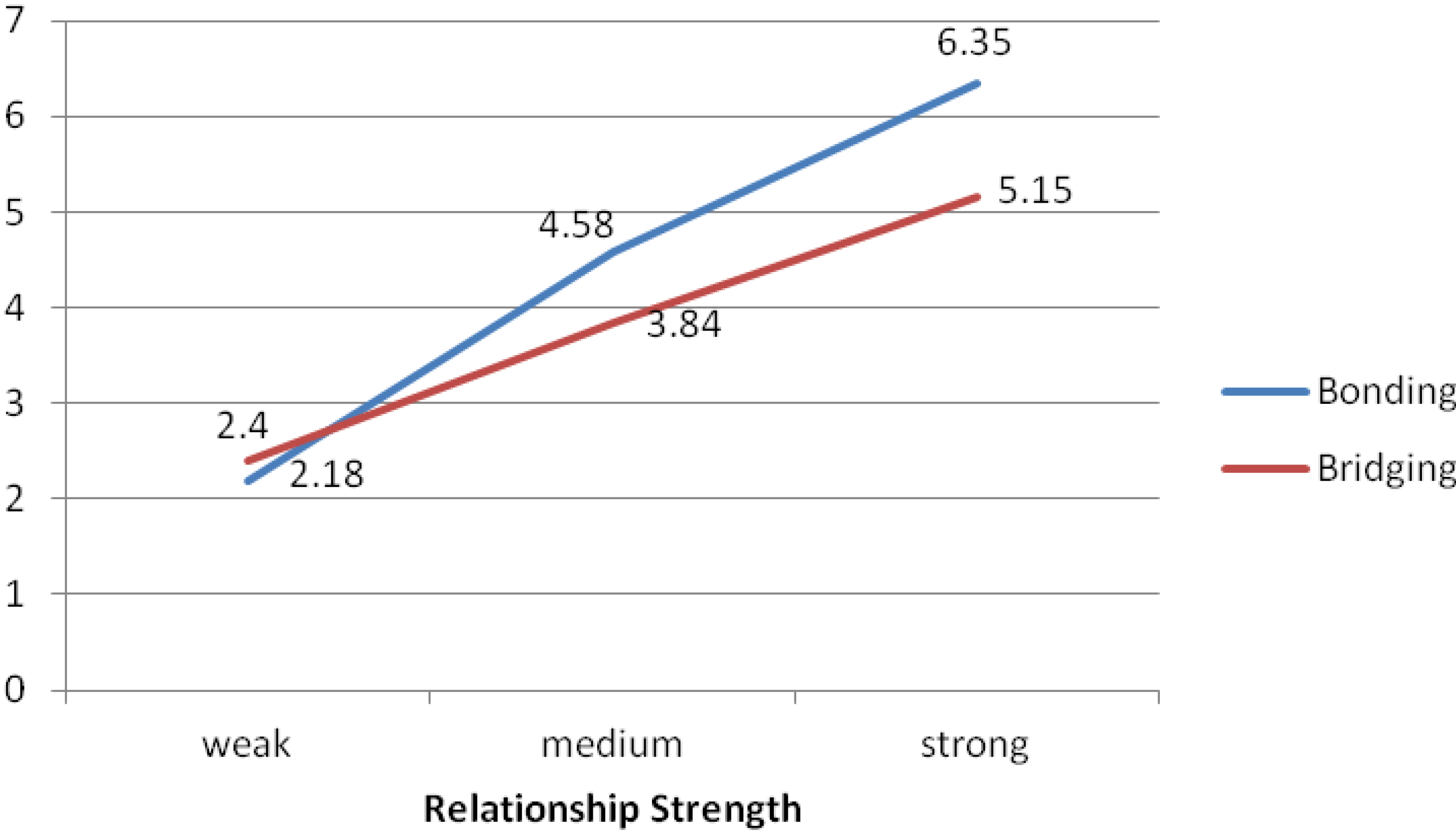We all know by now that recommendation systems are embedded into many web applications that we use today. In social media, they are what keeps us hooked to the platform, and in e-commerce, is what would get you to buy more products from them. Targeted advertising uses user data to so that they could bring more relevant ads to the user, which greatly increases the chances of the user being interested in the advertisement. In this blog post, we’ll see how information networks apply to such recommendation systems.
As learned in this course, we know that structurally embedded edges contain redundant information. This is usually a group of nodes with strong ties to each other, and tends to be very clustered, sharing the most of the same neighbours.
This idea of users having strong ties between each other can be applied in recommendation systems today. One study makes an experiment on buyer selections. The experiment works as follows; the buyer will receive recommendations from both strong and weak ties. The result of this follows closely to what we’ve learned about strong ties. Strong ties to the buyer are more likely to select products that are better suited to the buyer. This is mainly due to how strong ties not only typically know the buyer better, but also share more common information between them.
This can be extrapolated in a way that e-commerce sites can use purchase histories from strong ties as a way to recommend products that the buyer would most likely purchase. Similar approaches have been seen on e-commerce sites, where there are sections like “People also bought” which employs the usage of similar people’s purchase history to give the end user better recommendations on what to buy.

Another example of how strong ties could play into recommendations is to determine which user is most likely to connect with. In Figure 2, it is seen that strong ties have a much higher bonding and bridging between other strong ties compared to medium and weak ties. This diagram, as well as the source, suggests that we are more likely to bond with those who have strong ties with our strong ties.
We can see this aspect being used already in social media. In LinkedIn, there is a section that shows you lists of people that you may follow or connect with. These usually contains people who have some association with you already (same company or school), with those recommended at the top usually having the most shared connections between you and that other person. Recommending people who shares strong ties with someone you already know increases the chances of you connecting with them.
In conclusion, strong ties are helpful in providing more insightful recommendations to the end user. It increases the likelihood of the recommendation being useful, and is seen throughout a variety of platforms on the internet.
Sources:
- https://www.acrwebsite.org/volumes/7637/volumes/v21/NA-21/full
- https://www.mdpi.com/2075-4698/4/4/785